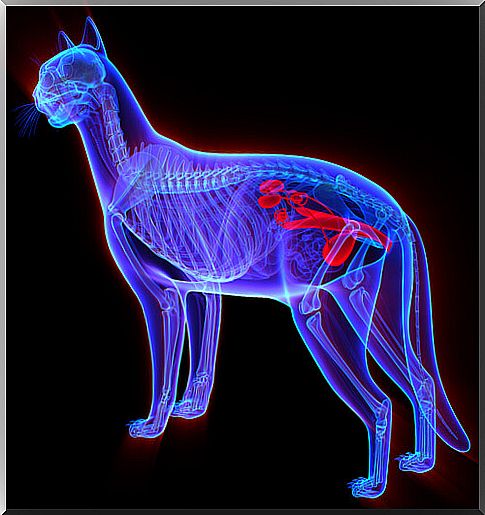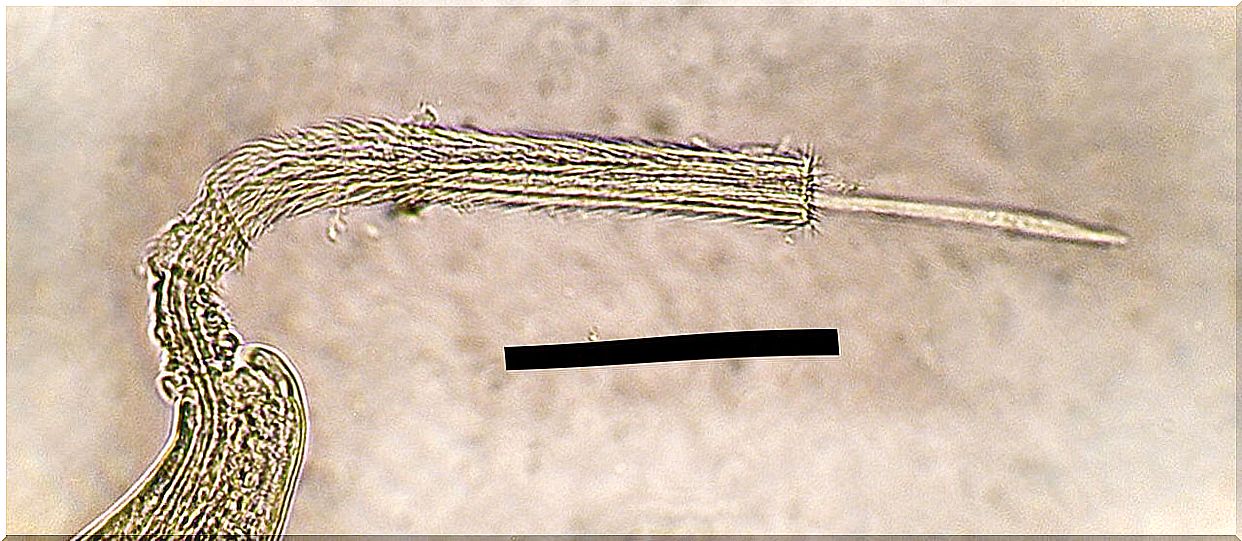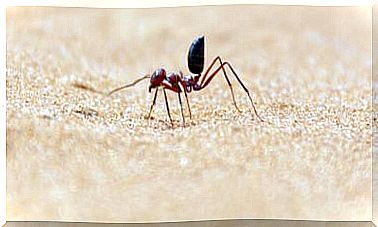Bladder Worms In Cats: Causes And Treatments

Do you know the existence of bladder worms in cats? It is an infection known as capilariasis and can also affect dogs.
What is the capillary?
The capilaria is a small, internal parasite worm, often less than half a centimeter in length. It is closely related to intestinal worms, although they can live in a variety of places within the body, such as the liver. Capilaria can affect both dogs and cats, although dogs are affected more often.

Species of bladder worms in cats
There are two species that can infect the bladder:
- Pearsonema plica (also known as Capillaria plica ): This parasite generally invades the bladder wall, although it can also lodge in parts of the kidney. This species affects both dogs and cats.
- Pearsonema feliscati (also known as Capillaria feliscati ): This parasite lives in the bladder, just like Pearsonema plica , and only affects cats.
How is a cat infected with Capilaria ?
Cats acquire Capilaria infections from the environment. In cats that have been infected, the Capilaria sheds its eggs into the bladder. These eggs are released into the environment when the animal urinates.
Once the eggs are released into the environment, the infection spreads in a number of ways. For example, a cat that walks through soil contaminated with Capilaria eggs , by licking its paw, directly ingests the eggs. Other species have a more complicated life cycle, laying eggs that must be ingested by an earthworm, and the new host becomes infected by eating the infected earthworm.
What are the signs of bladder worm infection in cats?
In many cases, the presence of bladder worms in cats does not translate into signs of disease. When signs appear, the parasites affect the walls of the bladder and kidneys; therefore, the infection can lead to blood in the urine, urinary accidents, and straining to urinate.
How is capilariasis diagnosed?
The diagnosis is made based on a urinalysis. When urine is examined under a microscope, your vet can see signs of inflammation, including blood or inflammatory cells. Further examination may reveal microscopic eggs of the parasite, which are shed in the urine.
The diagnosis can be difficult because the eggs of worms in cats bladder urine is discharged intermittently. Therefore, even if your vet suspects Capilaria and tests urine samples, the diagnosis can be difficult to confirm.
How is Capilaria treated ?
Once diagnosed, bladder worms in cats are relatively easy to treat. A variety of dewormers are effective against Capilaria species , including fenbendazole, ivermectin, and milbemycin. Some of these are given as a single treatment, while others are repeated daily for three to five days. Your vet will guide you on the appropriate treatment for your pet.

What measures can help prevent bladder worms in cats?
The likelihood of infection can be reduced by limiting your cat’s opportunities to eat earthworms.
Is there a possibility that people get infected with Capilaria del Gato?
This parasite does not infect humans. People can develop similar parasites, such as pinworms. These types of parasites are species-specific, that is, they limit the infection to each species and, definitely, could not be transmitted from cats to other congeners.









